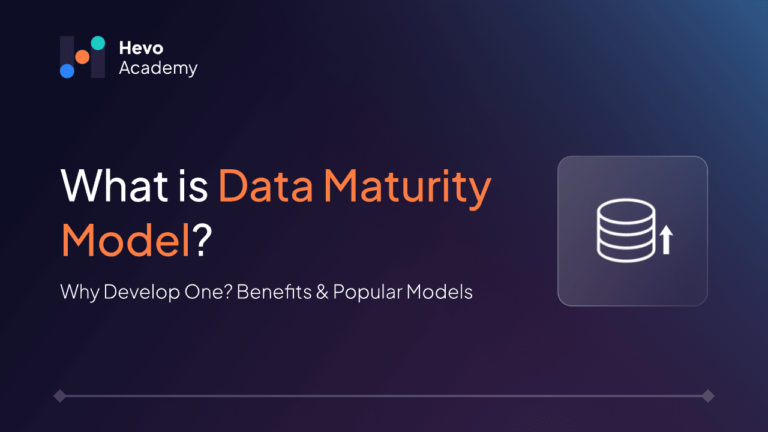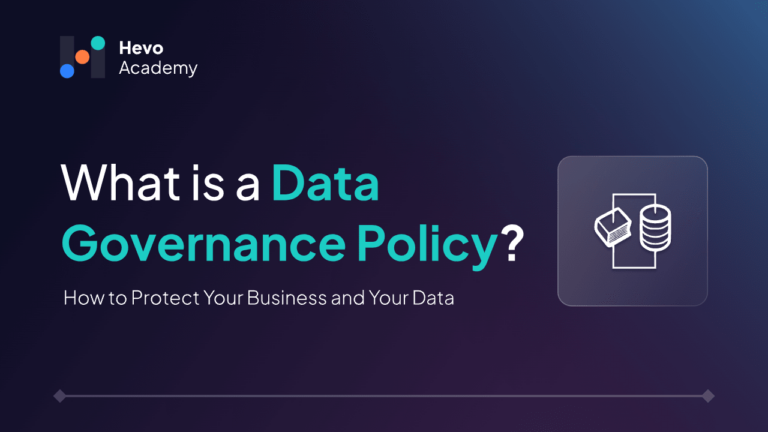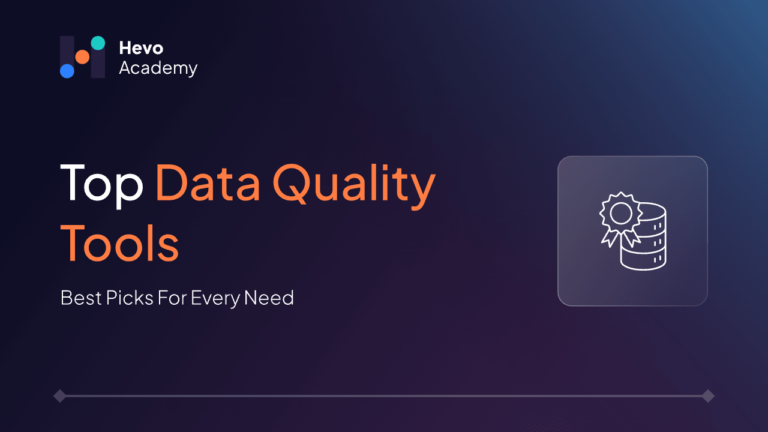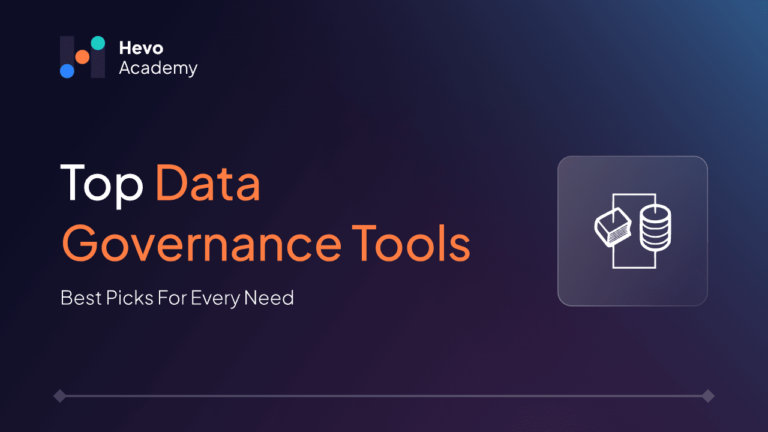Organizations in today’s world depend on data for innovation, growth, and even to operate. Data fuels decision-making, product development, and customer engagement; however, how well it is used varies from organization to organization. This quest of organizations to gauge and instruct their journey to use data effectively utilizes what has come to be popularly known as the Data Maturity Model.
Table of Contents
In this blog, let us explore what Data Maturity is, its key components, and the steps involved in evaluating and enhancing your organization’s Data Maturity.
What is Data Maturity?
Data maturity is the benchmark of the ability of an organization to manage its data resources effectively and use them for benefits ideationally, capitalizing on accruable benefits. The concept identifies more with the level at which a firm works concerning data, ranging from data collection and storage to its analysis and governance. The low-maturity organization would depend on basic data gathering and limited analytics for insight. In contrast, high-maturity organizations regard data as an asset, where maintaining the quality and privacy of data provides insight into creating impact.
And, thus, data maturity involves not only technology but also people, processes, culture, and strategy.
Hevo Data, a No-Code Data Pipeline Platform, empowers you to ETL your data from a multitude of sources to Databases, Data Warehouses, or any other destination of your choice in a completely hassle-free & automated manner.
Check out what makes Hevo amazing:
- It has a highly interactive UI, which is easy to use.
- It streamlines your data integration task and allows you to scale horizontally.
- The Hevo team is available round the clock to extend exceptional support to you.
Hevo has been rated 4.7/5 on Capterra. Know more about our 2000+ customers and give us a try.
Get Started with Hevo for FreeWhat is Data Maturity Model
The Data Maturity Model is a structured way through which the different stages of data management and usage are illustrated. It is like a guide that enables organizations to understand their current capabilities and set goals for the realization of higher levels of effectiveness in the use of data. There are different kinds of data maturity models, with the most common having several very similar steps: usually going from initial to managed, defined, optimized, and advanced.
Each stage denotes further organizational capability regarding data and culture. For instance, from the initial to advanced stages, data is usually spread along various departments with limited governance in the first stage, while it becomes fully integrated, managed in real-time, and drives strategic decisions in the advanced stage. The structured progression helps an organization understand where it stands and how to take further steps in evolving its data practices
How to Create a Data Governance Maturity Model?
Development of a Data Governance Maturity Model, one meritorious step toward good data management involves developing a data governance maturity model for your organization. Among the major steps of the development of a Data Governance Maturity Model, there exist the following:
- Define Objective: Firstly, you have to identify what needs to be the objectives for your Data Governance effort: from improving data quality to increasing compliance.
- Choose a Model: Then, choose a model that best fits the goals of the organization. Some models are provided by Gartner or DAMA International.
- Evaluate Current State: Execute a current state analysis of today’s data governance practices. This must be comprised of policy, procedure, and technology.
- Identify Gaps: Map the current state to the target maturity level, to understand any gaps in capability.
- Formulate an Action Plan: These would be action items identified by stating how such gaps would be closed, whether through training on staff or new investments in technology.
- Monitor Progress: Timely reviews and updates of the maturity model help to understand not only the changes taking place within your organization but also the evolving standards of the industry.
An organization can systematically develop a maturity model and enhance its capability for data governance, by following the steps above. You can learn about Data Governance Mistakes with the help of this blog.
Popular Data Maturity Models
A few of the very well-known data maturity models provide a general framework for organizations. Let us discuss a few of them in detail:
Dell Data Matrurity Model:
The Dell Data Maturity Model defines four clear-cut levels of organization maturity, ranging from novice to proficient levels of management and utilization of data.
| Level | Description |
| Level 1: Data Aware | The base stage finds the organization having realized the presence of data. Most reporting is done manually, without standardized procedures. The intention is to attain basic reporting. |
| Level 2: Data Proficient | Organizations at this level begin to automate data processing. They have a more advanced understanding of the power of data. They begin tracking KPIs using business intelligence tools. |
| Level 3: Data Savy | Organizations develop much more self-awareness about how they use data. The meaningful application of data involves strategic decision-making, driving strategic initiatives by embedding data into strategies, and improving products or services through gained insights. |
| Level 4: Data-Driven | At the top of this model, organizations are fully data-driven. They have data-supported decisions, operations are optimized, and strategic growth is attained. Companies at this level use a very high amount of advanced analytics. |
Gartner Data Maturity Model
The Gartner Data Maturity Model lays out an evolutionary course through five clearly defined levels, each reflecting different levels of enterprise capability in managing and effectively using data. Let us look closer at what this entails:
| Level | Description |
| Level 0: Unaware | Organizations at this stage do not realize the value of data and have no formal processes for managing data. |
| Level 1: Aware | At this initial stage, organizations recognize the data being created but do very little with it. The collection is usually manual and siloed, with no integration across departments. |
| Level 2: Reactive | Organizations begin to interact with data and share sets of data across teams; this is done sparingly. Early attempts at standardization of data continue, but substantial barriers of data silos and cultural resistance persist. |
| Level 3: Proactive | Businesses start doing structured data management. More attention from the top management leads to increased collaboration between departments with enhanced system-to-system integration. |
| Level 4: Managed | Here the organizations have explicit policies on the utilization and governance of data. They have restricted the quality and security of the data and use data-driven decisions. |
| Level 5: Effective | Organizations are working at an optimum level as they can process volumes of data. They deploy advanced analytics and possess all-inclusive data governance frameworks that assist them in making superior decisions and gaining a competitive advantage. |
Benefits of the Data Maturity Model
There are several benefits associated with a Data Maturity Model which may ensure long-term organizational growth.
- Improved Data Quality: A maturity model enables the organization to understand several gaps in the data processes that need improvement in terms of better quality, consistency, and integrity.
- Better Decision Making: Mature data practices enable an organization to achieve data-driven decisions from strategic planning down to real-time operational adjustments.
- Ease of Compliance and Security: A robust maturity model will include phases of data governance to ensure data privacy, regulations, and safe data practices.
- Operational Efficiency: Automation and integration reduce manual tasks and enhance productivity; especially for high-maturity organizations, the efficiency of data workflows has been maximized.
- Innovation Enablement: Advanced analytics and machine learning in higher stages of data maturity-find the trends and predict outcomes that drive innovation in products and services.
How to Know Your Organization’s Data Maturity?
Comprehending your organization’s current level of data maturity involves some organized insights. You can follow the below steps to evaluate your organization’s data maturity: :
- Define Data Maturity Metrics: Establish the key measurable indicators for each maturity stage, like the rate of accuracy in data, the time utilized for collecting data, and the adoption of analytics.
- Self-Assessment: Engage your organization in assessing the current state of managing data across each key area through surveys, interviews, or workshops. Teams from data management, analytics, IT, and operations should take part in providing a general perspective.
- Analyze Data Gaps: Plot your self-assessment results against the stages of the maturity model. The outcome of this could be very specific gaps that you have, which include not being in real-time analytics or not being able to overcome data silos.
- Set Maturity Goals: Clearly outline your goals toward moving to the next maturity stage. For example, a certain goal may involve improving the quality of data or reaching complete data integration.
- Formulate an Action Plan: It encapsulates the sets of actions to be carried out to realize each goal. If the objective is Data Quality Improvement, then the action plan shall be the implementation of a Data Governance framework or investment in Data Quality tools.
- Monitoring Progress regularly: Improvement in stages over time. Such continuous monitoring will ensure that momentum is maintained and any new challenges or requirements arising along the way will be dealt with.
Also, take a look at the importance of data management and why it is necessary for your organization.
Why Develop a Data Maturity Model?
- Guides Strategic Growth: A data maturity model systematically guides further development steps concerning data and helps an organization put its priorities into making improvements that support business objectives and allow growth.
- Improves Decision-making: Systemic improvement in the quality, governance, and accessibility of data means a better drive in decision-making at all levels of an organization.
- Improved Compliance and Security: Organizations in the higher maturity stages address all the regulatory requirements and provide security to sensitive data through proper stringent governance and security measures.
- Operational Efficiency: Either allows or enables well-defined courses of higher maturity of data, reduces manual intervention, and thereby induces automation that ensures improvement in productivity with less cost.
Conclusion
The Data Maturity Model provides an advanced structure for maturing in stages the data capabilities of an organization. Understanding data maturity and following a structured maturity model can help businesses reimagine data practice, rationalize decision-making, and unlock new opportunities. Whether one’s organization is just getting started with data or is already well-advanced, to fine-tune mature practices, the Data Maturity Model offers the route to take. If the right steps, tools, and commitment are in place, you can move your organizational Data Maturity onward in a direction to maximize the value that data brings to your business.
Sign up for a 14-day free trial and simplify your data integration process. Check out the pricing details to understand which plan fulfills all your business needs.
Frequently Asked Questions (FAQs):
1. What are the 5 levels of data maturity?
The five levels of data maturity are Initial, Managed, Defined, Optimized, and Advanced.
2. What are the 5 V’s of data?
The 5 V’s of data are Volume, Velocity, Variety, Veracity, and Value.
3. How to measure data maturity?
Measure by assessing data quality, governance, integration, and analytics capability against a maturity model.
4. How to improve data maturity?
Improve by enhancing data governance, quality standards, integration, analytics, and upskilling teams in data practices.






